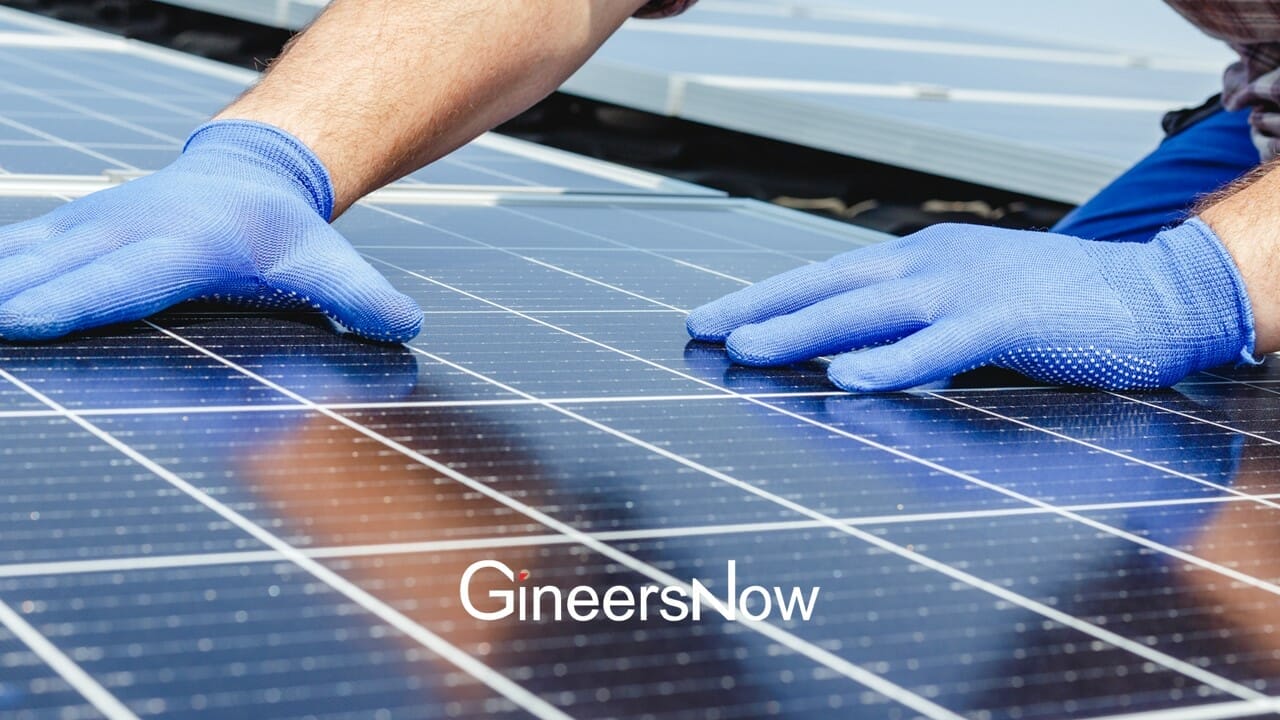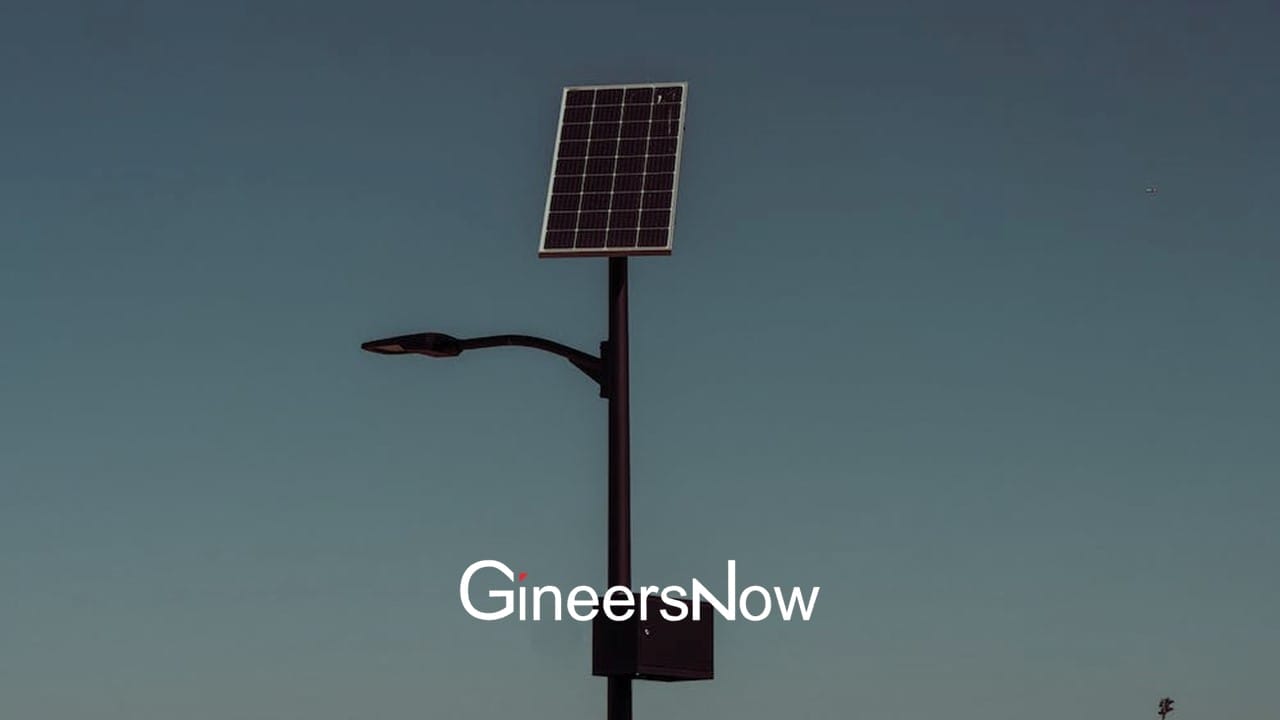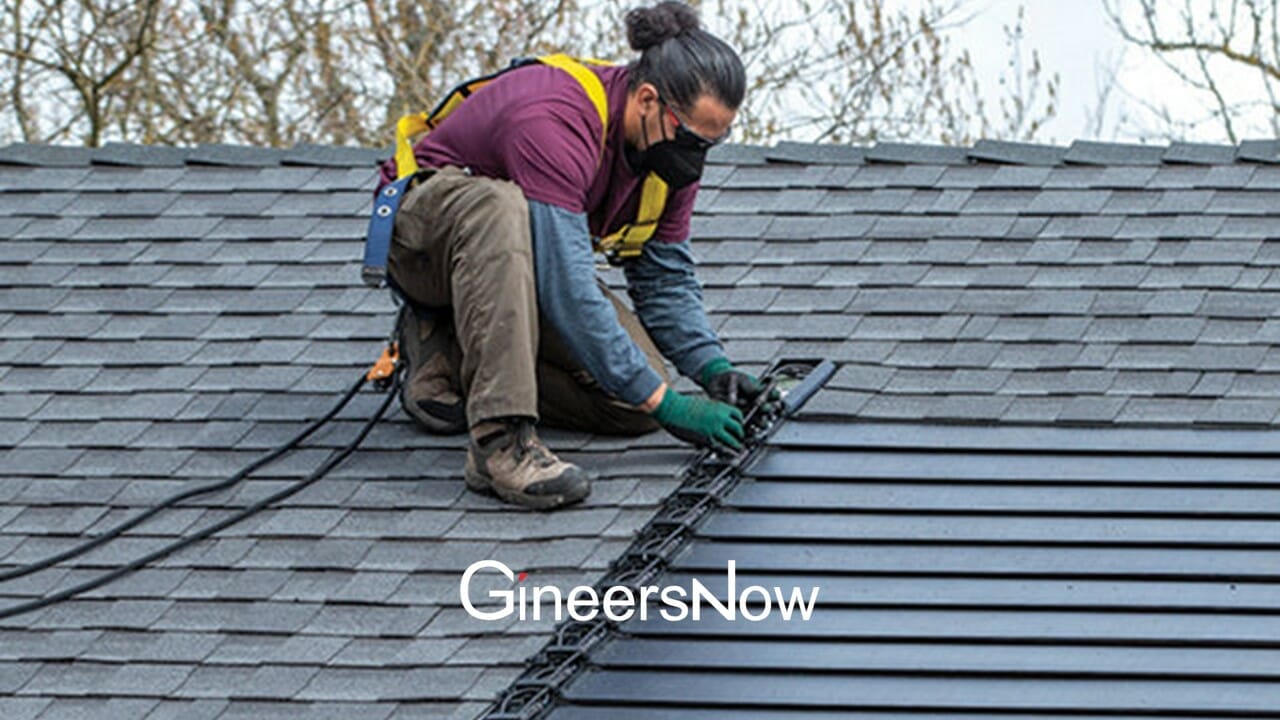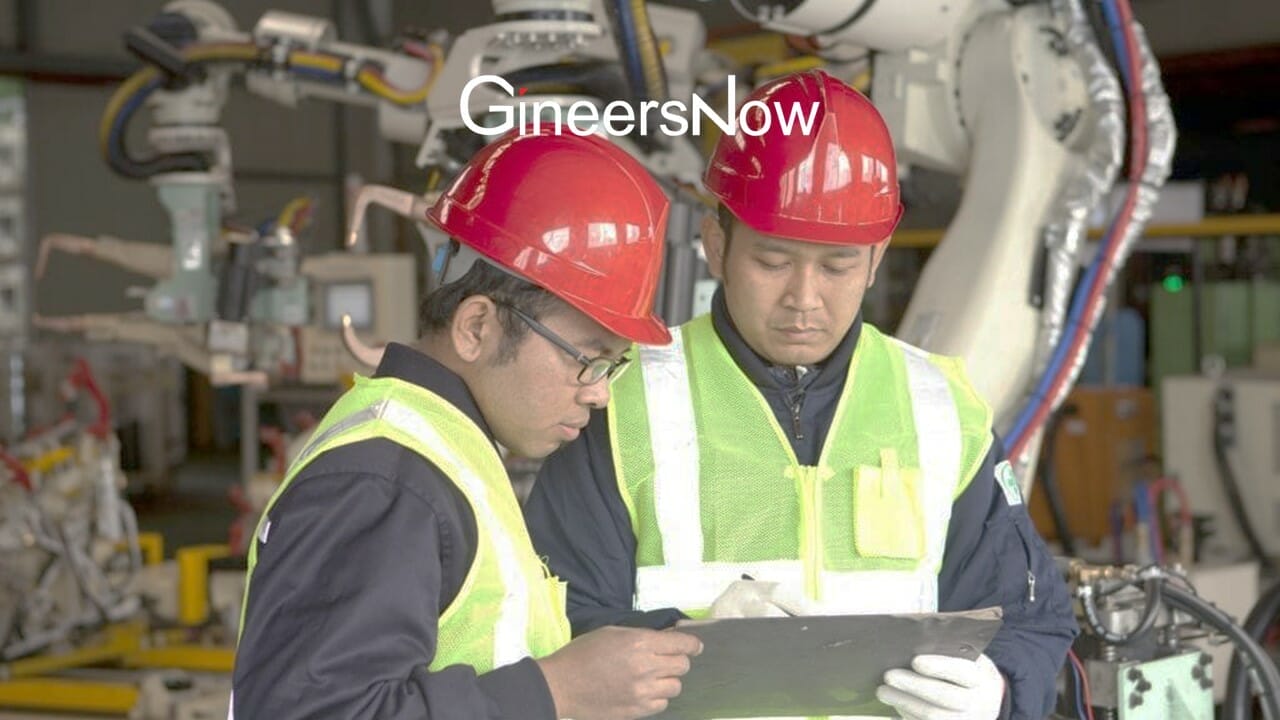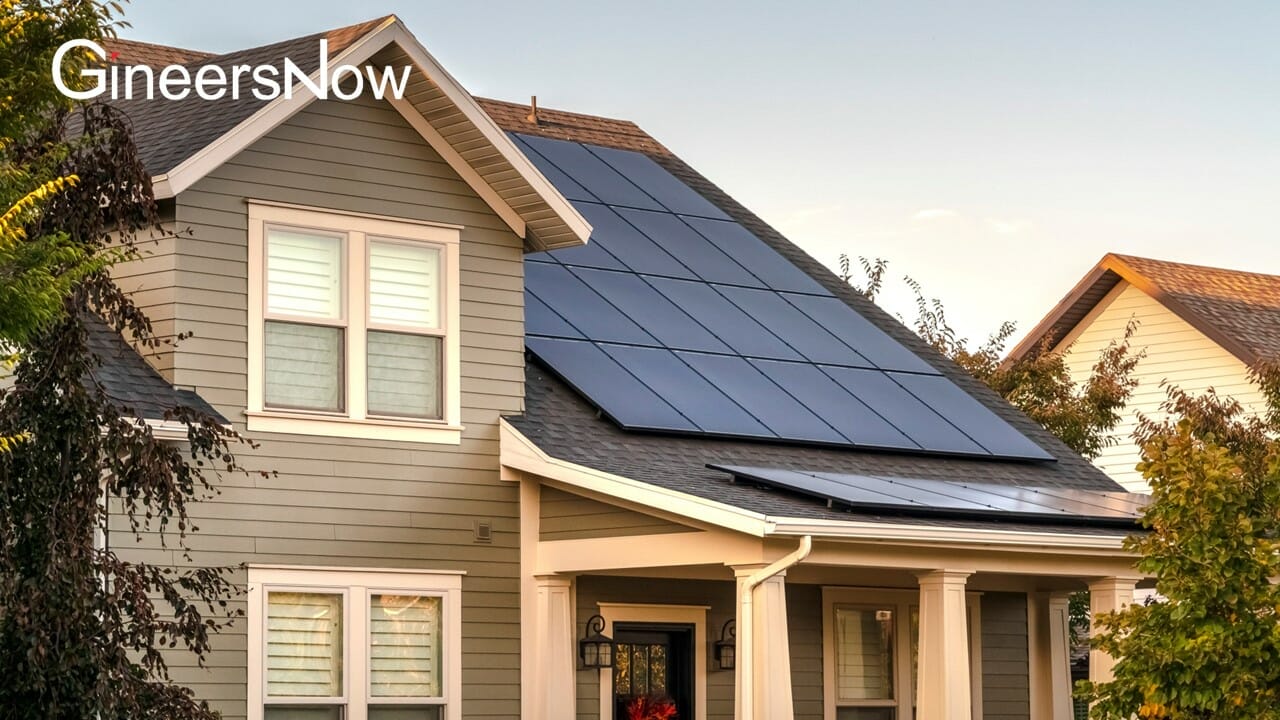Engineers are inherently the inventors and builders of the modern age. They recognize problems and aim to solve them with their analytical skills.
As an engineer, you may feel inclined to live a more off-grid lifestyle to be less reliant on electric companies, so you can have the freedom to live anywhere.
We’ll cover the best ways to incorporate renewable energy, which lets you live self-sufficiently.
1. Set Up Your Solar Powered System
Living off-the-grid means developing energy independence. Effective portable solar panels are perhaps the easiest way to leverage the sun’s energy to use in your home. Portable panels don’t require complicated installation, so you can capture energy immediately.
Additionally, you’ll want to supply your solar panels with another power source in case of cloudy weather or during night hours. A power station or solar generator serves as a battery backup where you can store the solar energy until you need it. Of course, there are other benefits of going solar such as cost savings and tax incentives.

2. Drill a Well for Fresh Water
Most of the earth’s freshest water is underneath the surface. Digging up a well gives you access to fresh water. Many contaminants are removed from the water as it’s filtered across the multiple layers of the ground.
However, you can use machinery rather than digging to drill a well into the ground. You can dig much deeper by drilling a hole, giving you access to cleaner water. Then you’ll need well pumps to access the water from your well.
3. Grow and Preserve Your Food
Living in a remote area might not always be conveniently nearby a market or restaurant. While they are convenient sources of food, becoming self-sufficient means having the ability to grow your food and even gather it.
Focus your efforts on plants that are well-suited to grow in your area. Even if you can’t hunt for meat, you can grow fruits and vegetables. Ask other local producers to see what grows well in your location.
Also, decide what you want to eat. Then begin harvesting plants that you enjoy eating. Besides fruits and veggies, you may consider a separate garden for herbs. They are tasty, nutritious, and easy to grow.
Fishing is another way to gather your own food. You can use the hook and table method, which means putting live and organic bait on the fishing line. Once the fish takes the bait, you can pull the line and the fish out of the water.
4. Install a Septic Tank System
Achieving an entirely off-grid lifestyle requires a way to treat your sewage safely. A septic tank system is a self-contained waste solution for handling sewage. A large holding tank connects to pipes buried deep underground.
The wastewater from your home is released into the septic tank, and solid water goes to the bottom of the tank, where it’s broken down.
All excess liquid flows out of the tank into pipes, distributed naturally into the soil of the surrounding leaching field.
Wrapping It Up
Off-grid living means surviving in your natural habitat without public utilities. The less reliant you are on outside resources, the more independent you are.
Many engineers are self-starters and problem solvers, which can be conducive to an off-grid lifestyle. Follow these tips to help you on your journey to becoming self-sufficient.


